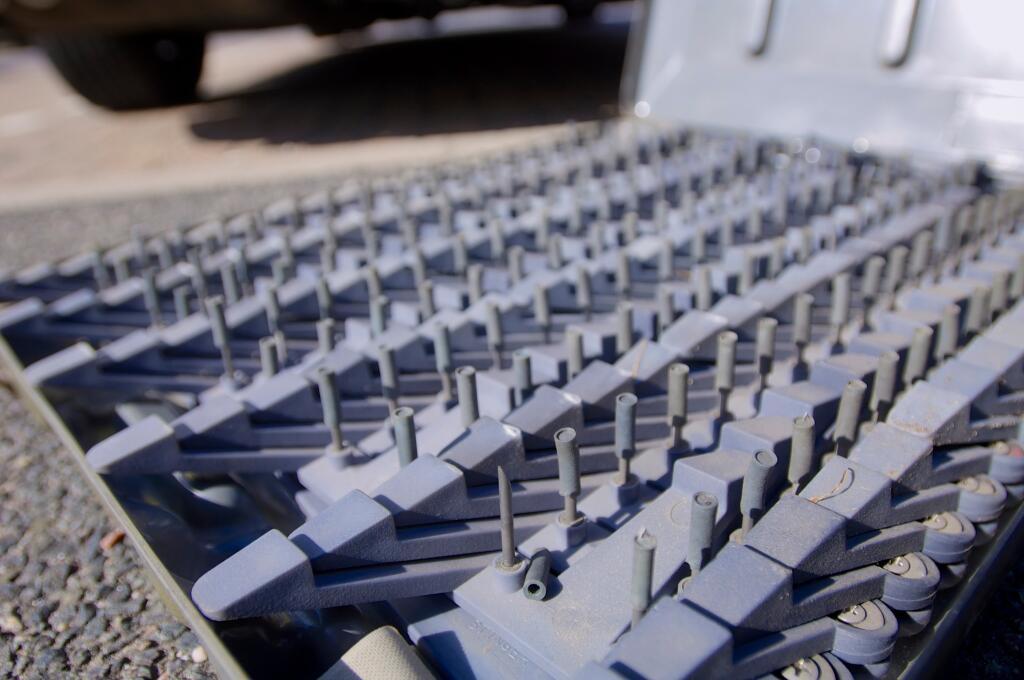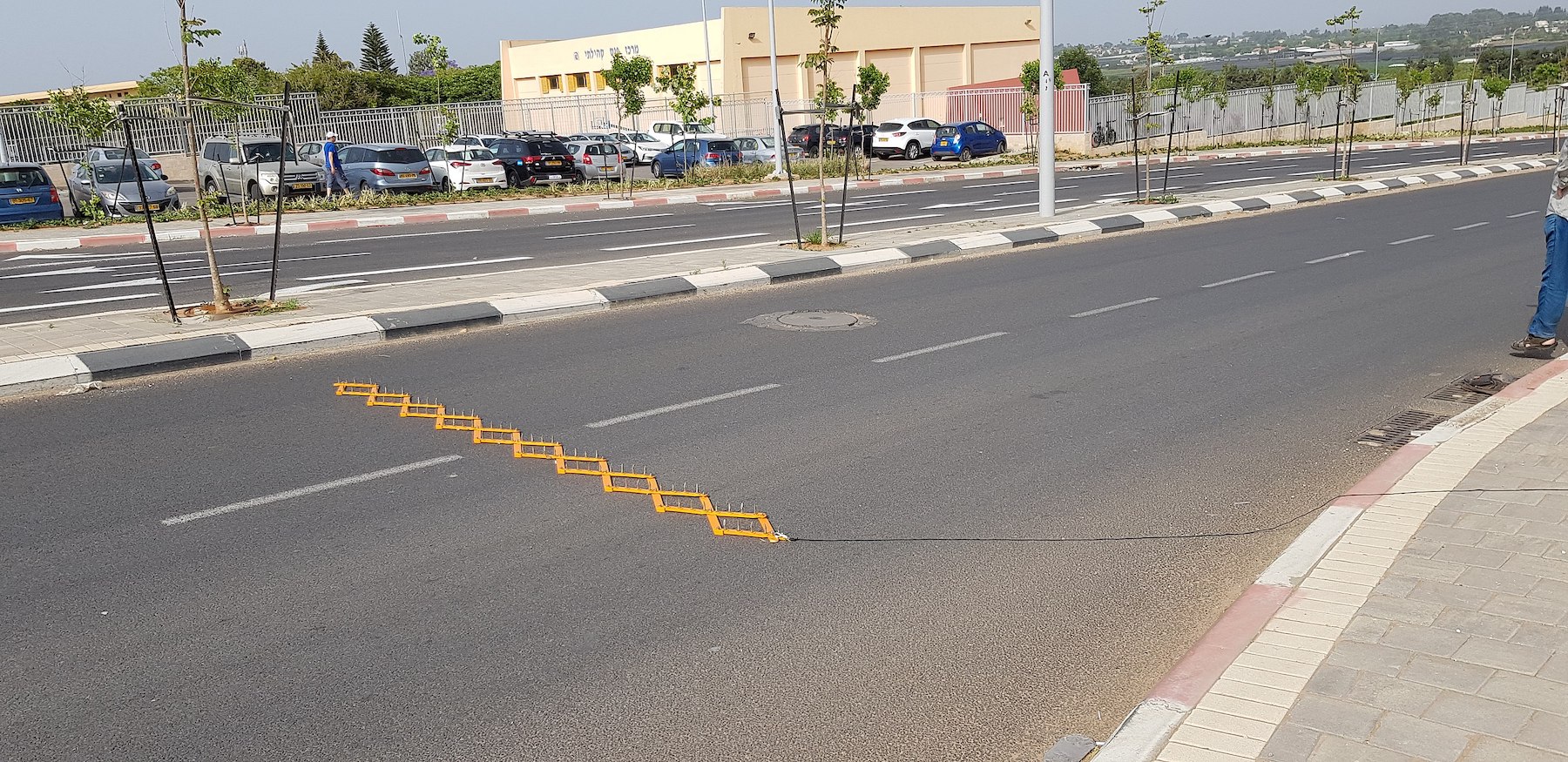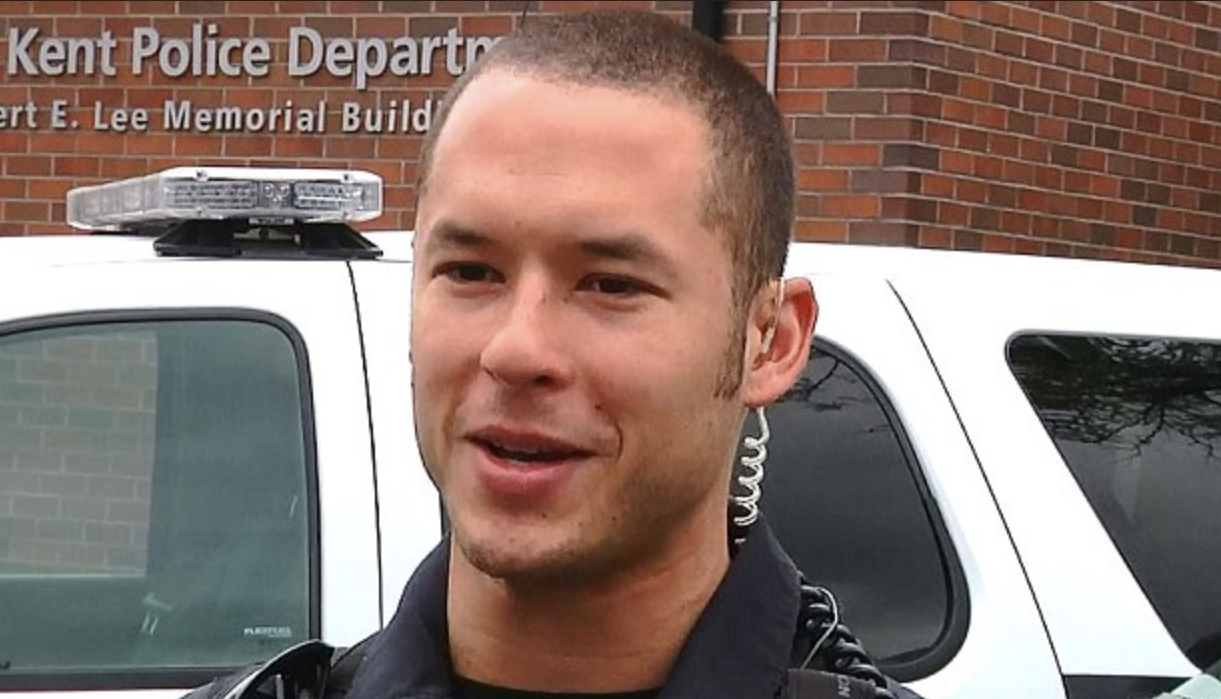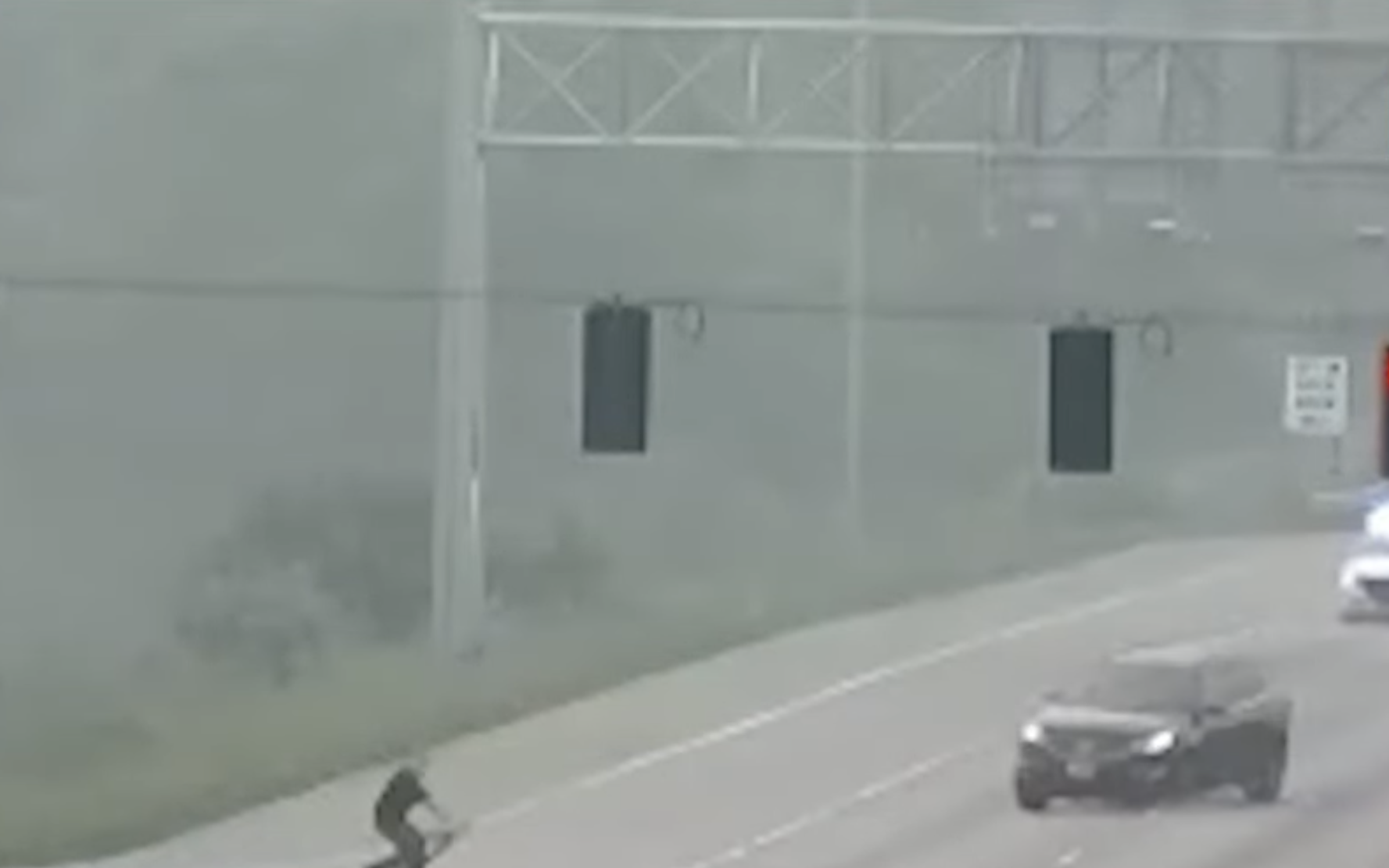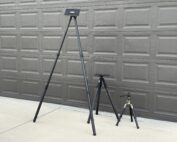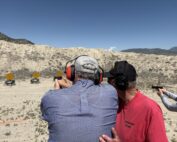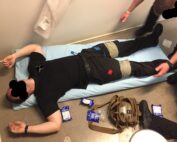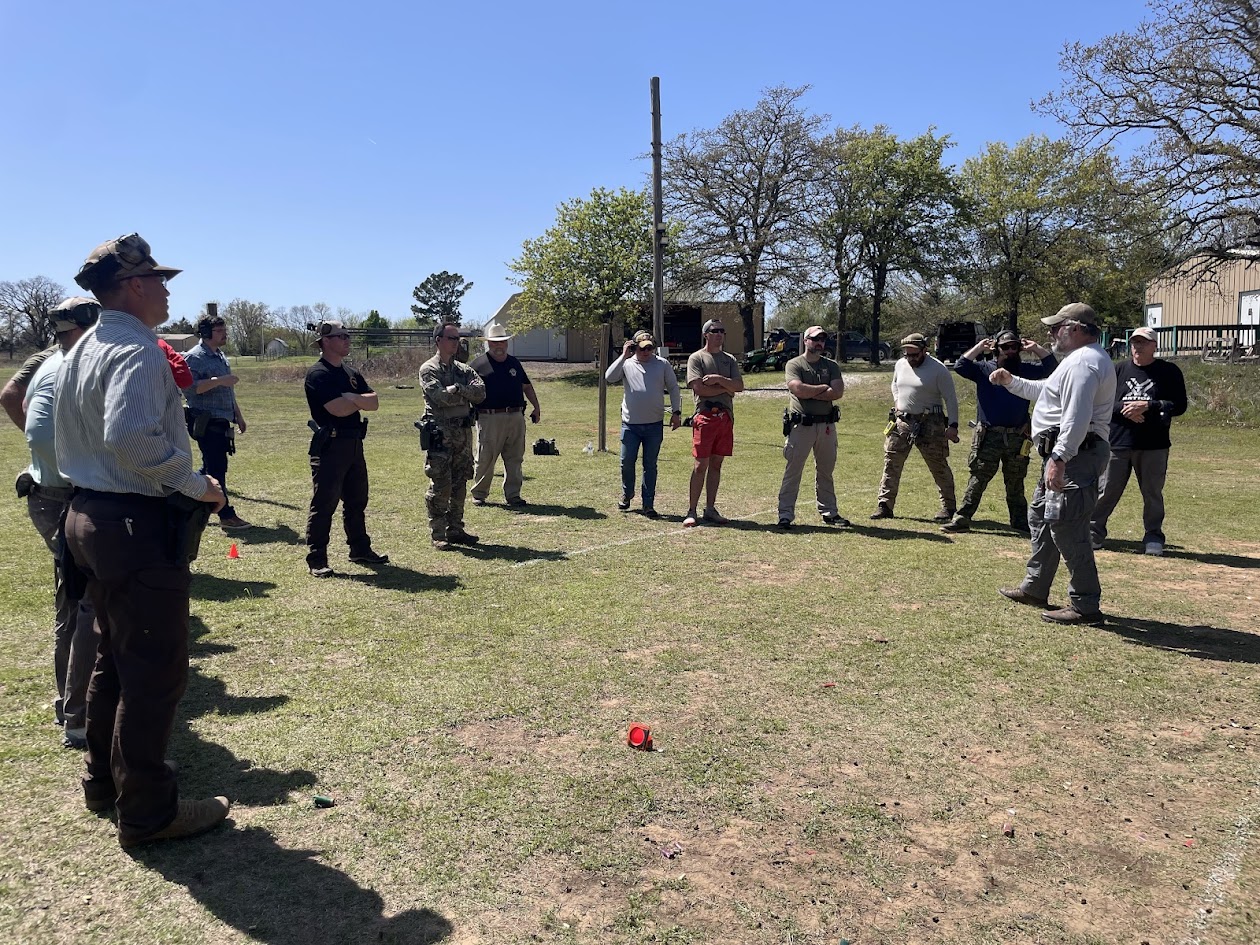
Ss-feature
The three officers who have died so far in 2023 deploying spike strips.
One phrase we see in both criminal and civil proceedings is “officer created danger.” It also appears in the legislative attacks on the Graham standard and other legal precedents that provide policing’s legal framework.
The idea is that something the officers did (or didn’t do) negligently created the conditions that led to the officer using force. Therefore, the cop is responsible for the outcome rather than the Bad Guy.
Let’s talk about another danger – an agency and a community-created one.
You probably know them by their common names – Spike Strips and Stop Sticks.
In 2010, the Officer Down Memorial Page (www.odmp.org) published a list of twenty-one (21) officers killed while trying to deploy spike strips. Regardless of whether the suspect hitting the officer was intentional or accidental, the results were the same – another dead or seriously injured officer. Twenty-one (21) officers were already dead back then.
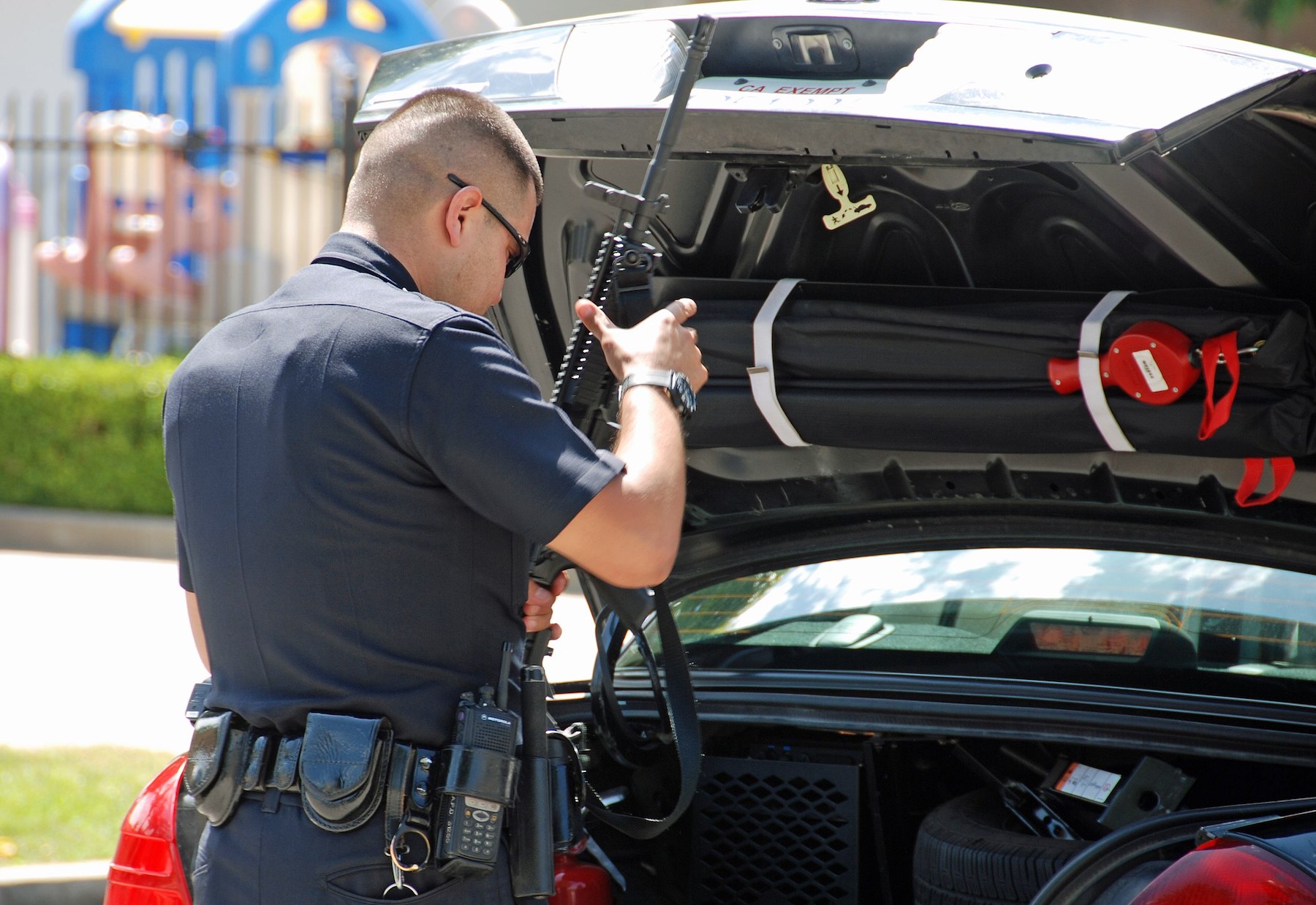
A California officer preparing for his shift with the stop sticks under the trunk lid. If patrol rifles caused as many deaths to us they would already be gone (wiki commons).
In June 2015, ABC’s Denver 7 television station aired a report about concerns over the dangers posed to officers when employing spike strips. Even the reporter knew officers should utilize a solid barrier between them and the suspect vehicle. Their report showed a Boulder County deputy sheriff deploying them on a highway while staying behind a concrete barrier.

Captures from a Dane County video several years ago. The deputy deploys the strip, gets hit, and is on the roadway.
The report then discussed the death of an academy cadet the month before. Colorado State Patrol cadet Taylor Thyfault was on a required ride-along when he was killed while deploying spike strips – by the fleeing suspect. The trooper he was riding with was also injured during that spike strip deployment.
That report says that another trooper had been injured while employing spike strips during a pursuit the year before. Video shot from overhead shows the suspect vehicle – a van – running over the trooper on the shoulder without any physical barrier protecting them from the suspect’s vehicle.
Other Deaths and Injuries:
In 2018, a Kent, WA police officer – Diego Moreno – was killed when he employed spike strips during a pursuit. Unfortunately, he was killed when struck by another officer. Acquaintances of mine at that agency were very impacted by it.
Cincinnati’s WLWT TV covered the injury of a Boone County, KY, Sheriff’s lieutenant seriously injured while deploying spike strips. They showed the Lt’s body-worn camera video. It clearly shows the suspect vehicle driving at and striking the deputy. The agency spokesman talked about allied agencies, including Cincinnati PD – having already decided to stop using these devices, and they made the same decision. Their report lists local officers who have been struck – Deputy Jeremy Walker (2006) and Cincinnati Sgt Bryce Bezdek (2007) suffering a traumatic brain injury (TBI). In 2011, Warren County Sgt Brian Dooley was hit and killed after deploying the strips. Springdale Police Officer Kaay Grant was killed in 2020 before she could even deploy the strips.
On July 13, 2023, the Lucas County Sheriff’s Office was in an hour-long pursuit. A Toledo officer was injured deploying spike strips.
Deaths in 2023:
If that list is insufficient, consider the spike strip-related deaths this year.
Master Trooper James Bailey, Indiana State Police, was murdered on March 3, 2023. While working traffic control – because of several unrelated accidents – a high-speed pursuit came his way. The suspect vehicle struck the uniformed officer while trying to deploy the spike strips. Per ODMP, he was taken to a hospital after being struck, where he died from his injuries. The suspect was arrested for Murder and other felonies. Master Trooper Bailey left behind a wife and two kids.
Almost four months later, Indiana State Police lost another trooper this way. On June 28, Trooper Aaron Smith was murdered by the driver of a stolen vehicle. He was hit by the vehicle as he deployed the spike strips. The driver was charged with Murder, while one passenger was arrested for stealing the car. He is survived by his wife, parents, and four siblings.
The driver and vehicle passengers, including a juvenile, were taken to local hospitals. The driver was charged with Murder, and one of the passengers was charged with auto theft. Another passenger was reported as a missing juvenile from Missouri and will not be charged.
Trooper Smith was a United States Army National Guard veteran and served with the Indiana State Police for five years, receiving two Lifesaving Awards. He is survived by his wife, mother, father, three brothers, and a sister.
As of this writing, the most recent death is that of Pyramid Lake Paiute Tribal Police Officer Anthony Fancone on August 25. He was killed using a spike strip on a vehicle fleeing from other officers near Nixon, Nevada. The suspect was later shot and killed. He already had served twenty-five years in law enforcement. He is survived by his sons and a daughter, his father and stepmother, as well as a sister.
Final Thoughts:
Some will say the officers did not use the proper tactics when deploying the strips. That is possible, but it is not probable.
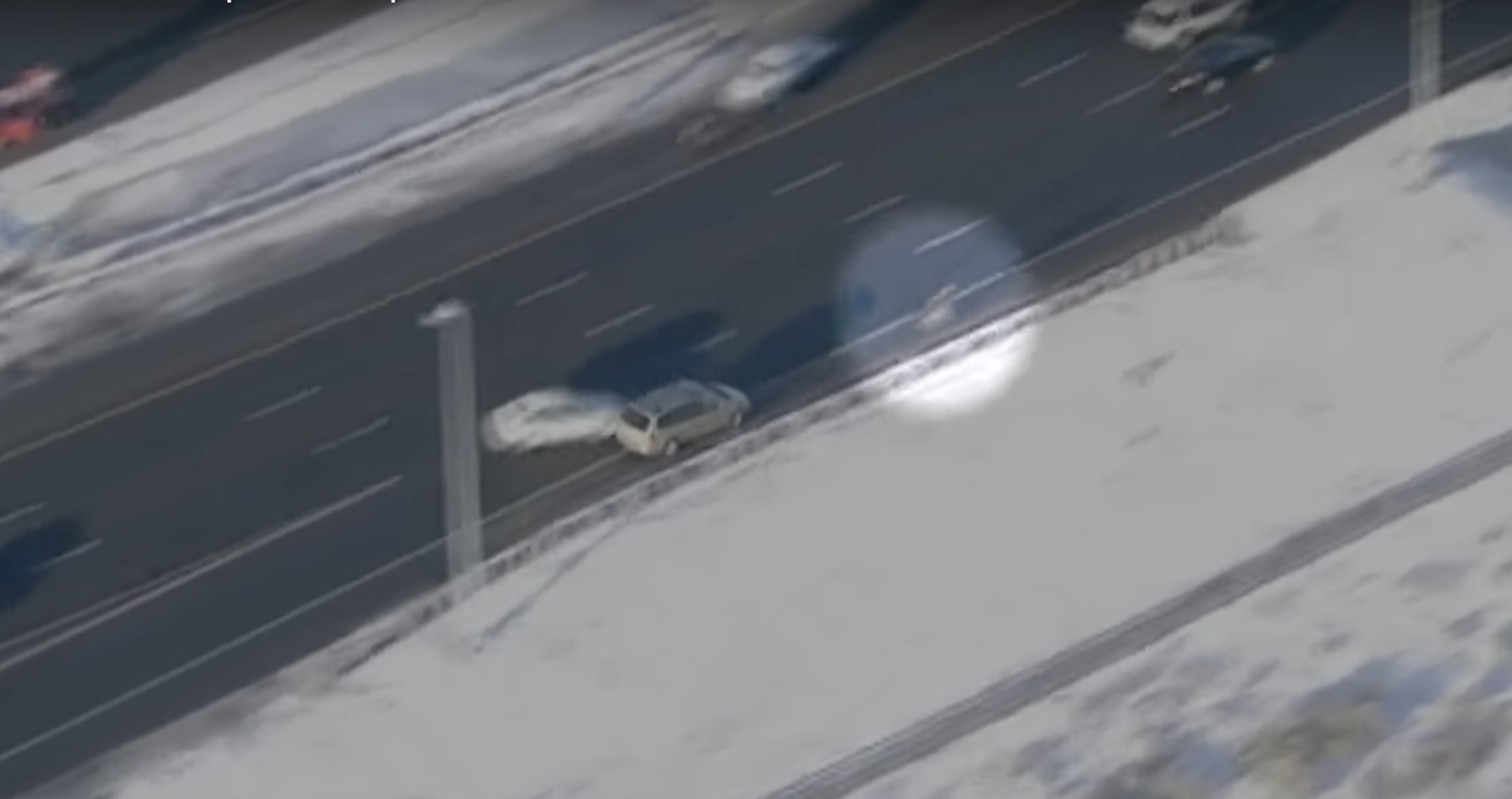
The suspect is targeting the officer on the road shoulder; this photo was taken just before the officer was struck.
Desired Outcome:
Stop the use of spike strips, period. End of discussion.
Okay, you don’t believe that’s reasonable, and you think there is some tiny window where these things might be usable. Alright. Then, allow their use only when two conditions are met:
- Officers must use cover that will stop an oncoming vehicle. Think concrete bridge abutments;
- A second officer is present to provide lethal force cover with a weapon that can reliably penetrate the suspect vehicle.
If either condition is absent, these devices should not be used.
Until then, please do not use them without physical barriers that will stop the suspect’s vehicle from hitting you.


 (+1 rating, 1 votes)
(+1 rating, 1 votes)